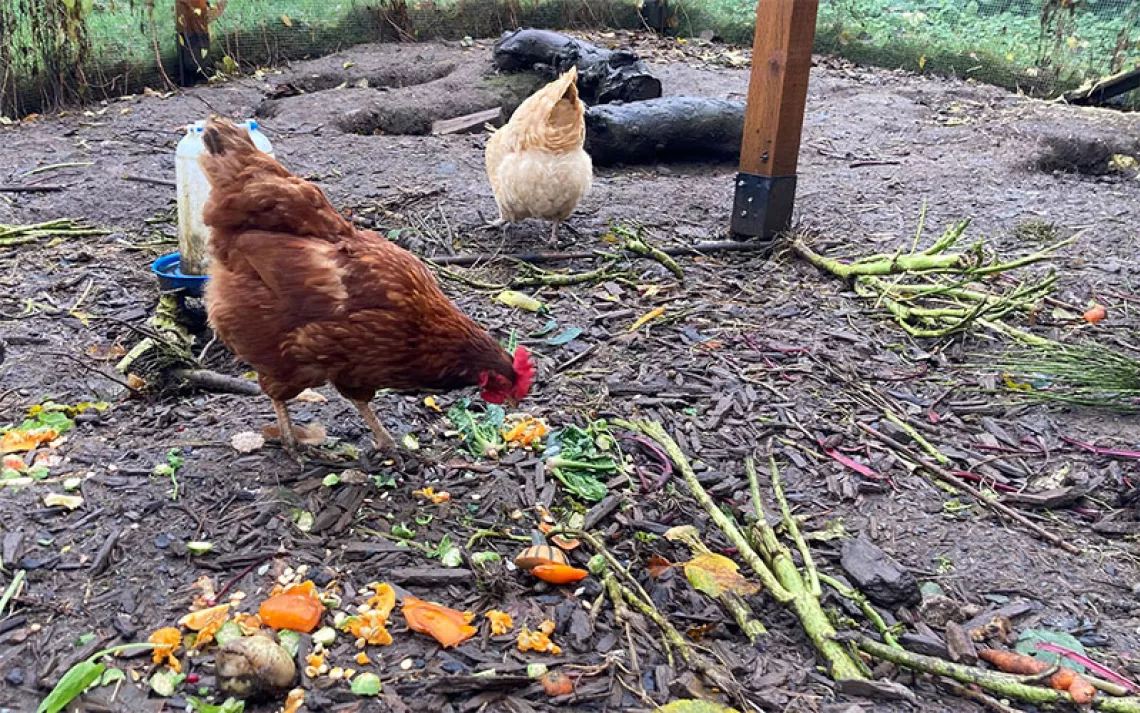Beginner’s Guide to Home Brewing: Hard Cider

It's apple harvest season, which is a perfect time for the fledgling brewer to try making hard cider. Home brewing offers the chance to make your own fresh organic drink that's preservative-free and low on sulfites (some sulfites will naturally occur during fermentation). Bonus: This tasty beverage is gluten-free.
First Timer's Hard Cider
Yield: one gallon
Ingredients and Supplies:
- 1 clean glass gallon jug
- 1 gallon of organic, unpasteurized, preservative-free apple juice with no added sugar
- 2 cups of sugar
- 2-3 cinnamon sticks
- 1 pinch whole cloves
- 1 balloon
- 1 rubber band
- 1 packet of bread yeast
Optional:
If you have a brew store in your area, substitute the following items:
1 airlock and stopper to replace the balloon and rubber band (Consult the brew-store owner on proper use.)
1 packet of wine yeast to replace the bread yeast (Côte Des Blancs wine yeast works well but ask the store owner about other yeasts that may fit a taste, body, and alcohol content you prefer.)
The amount of sugar you add to the brew before fermentation is one factor that will dictate the cider's alcohol content. In addition, different yeast and sugar combinations will produce variations in final alcohol content, body, and taste. While we cannot give you exact numbers, rough estimates are as follows:
0 added sugar ≅ 5% alcohol
1 cup added sugar ≅ 8.5% alcohol
2 cups added sugar ≅ 12% alcohol
Directions:
Combine juice and sugar into the jug and shake until the sugar is completely dissolved.
Add a couple of whole cinnamon sticks and whole cloves.
Activate the yeast by following the instructions on the back of the packet. Add the prepared yeast to the jug and shake it to mix.
Secure the balloon to the mouth of the jug and add the rubber band to keep it in place. While the yeast in the cider is eating sugars, it will be emitting gases, which will fill the balloon. Occasionally release the gas by moving the rubber band and pulling the balloon from the mouth of the jug.
Leave the cider undisturbed in a dark, warm place to help fermentation and allow any sediment to settle to the bottom of the jug. Check on the jug occasionally to let gas out of the balloon.
After about 2 weeks, the balloon should no longer be filling with gas, which will mean your brew has finished fermenting. Leaving your cider longer, however, allows sediment to settle and increases clarity.
Now with the fermentation complete, siphon off your hard cider leaving behind any muck.
For light carbonation, return the cider to the clean jug with a few tablespoons of sugar and seal it with the cap it came with. Return it to a dark, warm place for a few days.
Finally, take a sip. Add some sugar to taste and serve warm, cold, or mulled with spices.
 The Magazine of The Sierra Club
The Magazine of The Sierra Club



